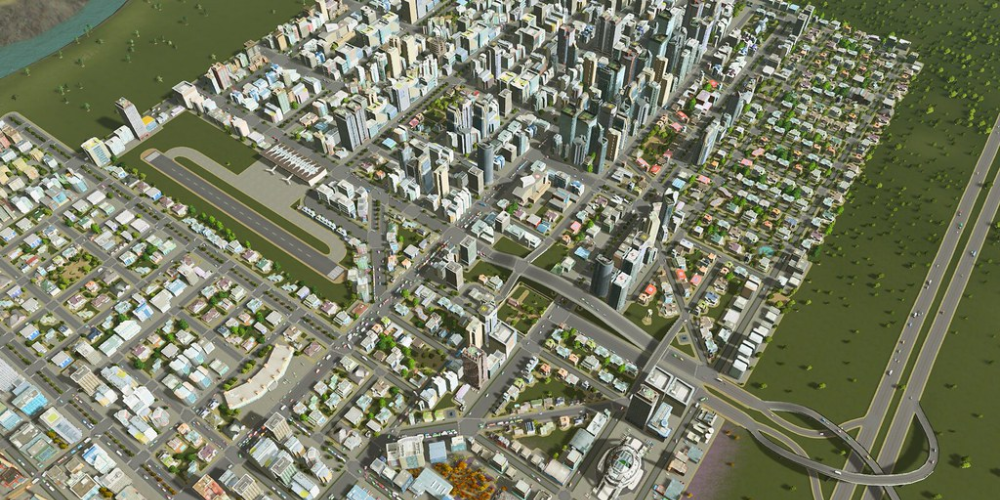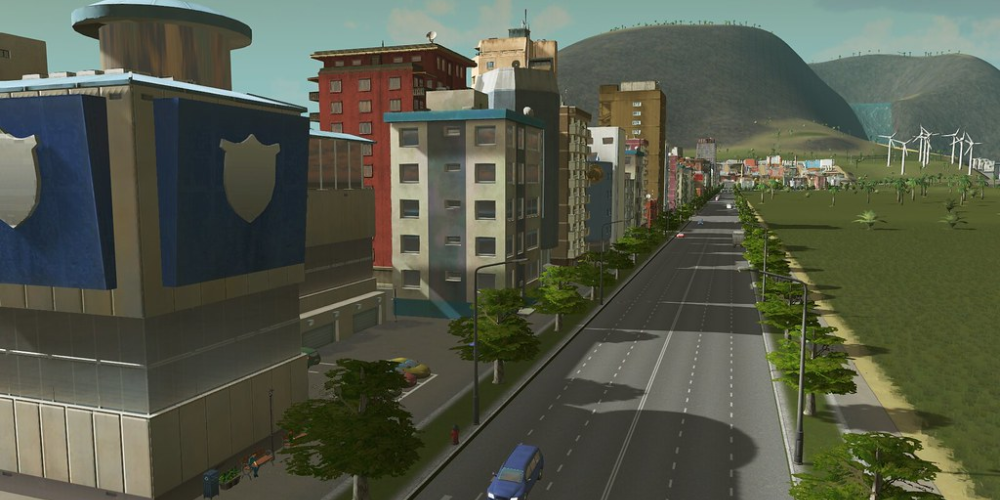The Ultimate Resource Management Guide in Cities: Skylines
Mar-09-2024

The Ultimate Resource Management Guide in Cities: Skylines
Managing a city in Cities: Skylines is no small feat. With an array of resources to juggle, from the city's finances to the well-being of its inhabitants, aspiring mayors need a solid strategy to thrive. In this comprehensive guide, we'll delve into the intricacies of resource management in Cities: Skylines, covering everything from budgeting and transportation to utilities and public services. By the end, you'll be well on your way to creating a bustling, efficient, and happy metropolis. Let's dive in!
Mastering Your Budget
The backbone of any city is its budget. Managing your city's finances wisely is crucial for growth and sustainability. Cities: Skylines introduces a dynamic economic model that requires mayors to constantly adapt their spending, taxing, and investment strategies.
- Setting Taxes: Finding the right tax balance is key. Too high, and you discourage growth and happiness. Too low, and you'll struggle to fund essential services. A good starting point is between 9% and 11% for residential taxes.
- Controlling Spending: Adjusting the budget sliders for public services can help control operational costs without significantly affecting service quality. For instance, reducing road maintenance slightly can save money without drastically increasing traffic problems.
- Smart Investments: Investing in infrastructure that promotes growth (like efficient transportation and high-density zoning) can boost your tax base in the long run, providing more funds for your city.
Optimizing Transportation and Traffic Flow

A city's lifelines are its roads and transit systems. Effective transportation management ensures your citizens and goods move efficiently, keeping the economy vibrant and reducing pollution.
- Public Transit Options: Diversify your transportation offerings with buses, subways, trains, and trams. Each mode serves different citizen needs and helps alleviate road congestion.
- Traffic Management: Use traffic management tools to analyze congestion points and implement solutions such as one-way streets, roundabouts, or upgraded road types to improve flow.
- Pedestrian and Bike Paths: Encouraging non-automobile travel not only reduces road congestion but also improves public health and happiness.
Ensuring Adequate Utilities
Utilities are the bedrock of city life, supplying water and electricity and dealing with waste. Proper management and forward-planning of these resources are critical to avoiding crises.
- Water Management: Plan your water intake and sewage output carefully, placing water pumps upstream and sewage drains downstream to prevent contamination.
- Energy Solutions: Balance cost-efficient energy solutions with environmental impact. Wind and solar power are great renewable options, but supplementing with coal or nuclear power might be necessary as your city grows.
- Waste Handling: Regularly upgrade waste management facilities and consider recycling programs to minimize pollution and reclaim some resources.
Providing Quality Public Services

Public services such as education, healthcare, and safety are pivotal to a city's prosperity. Adequate investment in these areas leads to a healthier, smarter, and safer urban environment.
- Education for All Ages: From elementary schools to universities, ensuring accessible education across your city promotes a skilled workforce, attracting high-tech industries and improving the local economy.
- Healthcare Facilities: Strategically place hospitals, clinics, and emergency services to cover your entire city efficiently. This increases the overall health and longevity of your population.
- Fire and Police Services: Adequate coverage with fire stations and police departments ensures your citizens feel safe and reduces the likelihood of crime and disasters.
Managing Natural Resources and Industries
Cities: Skylines also offers detailed industry and natural resource management, allowing mayors to harness the landscape to fuel economic growth.
- Resource Exploitation: Identify and exploit natural resources (such as farming, oil, ore, and forestry) wisely, balancing economic benefits with environmental impact.
- Specialized Industries: Create specialized industrial zones that leverage the local resources for efficient production and export, boosting your economy.
- Sustainable Development: Consider the long-term consequences of industrial expansion, such as pollution and resource depletion, and plan for sustainable practices and technologies.
Engaging with the Community

Finally, a successful mayor listens to their citizens. Use the in-game feedback tools and social media features to gauge public opinion and adjust policies accordingly.
- Addressing Citizen Needs: Pay close attention to your citizens' complaints and suggestions. Issues like traffic jams, lack of services, or high taxes can significantly impact happiness and growth.
- Policy Implementation: Cities: Skylines allows for the implementation of city-wide or district-specific policies. Use these strategically to address community needs, like recycling initiatives or free public transport areas.
- Disaster Management: Preparing for and effectively responding to disasters is a part of city management. Ensure you have adequate emergency services and response plans.
Conclusion
Managing resources in Cities: Skylines is a complex but rewarding challenge. By mastering your budget, optimizing transportation, ensuring adequate utilities, providing quality public services, and managing natural resources, you can build a city that stands the test of time. Remember, the most successful mayors are those who plan ahead, adapt to challenges, and always keep the well-being of their citizens at the forefront of their decisions. Happy building!







